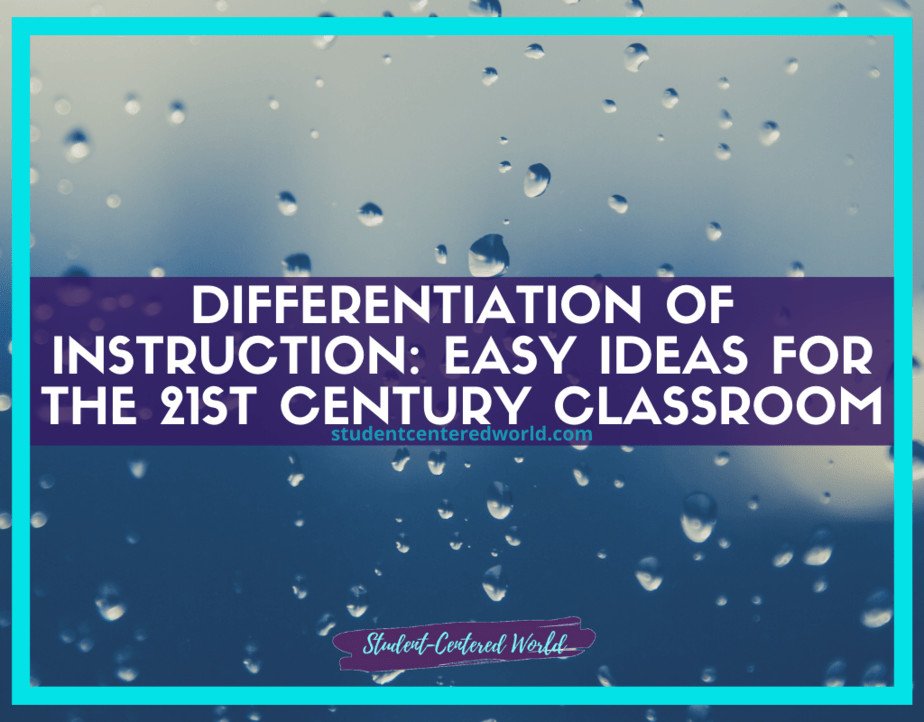Creating a Classroom Management Discipline Plan
Creating a classroom discipline plan in the present is different than it has been for generations before. While traditionally, classroom rules have laid out expectations and then had punitive, disciplinary action for not following those school rules to try and deter student misbehavior, as time marches forward it is apparent that this model doesn’t do much to slow inappropriate behavior and discipline problems. It seems like the “good” students will stay good and the “bad” kids don’t care about negative consequences.
This is the fast way of looking at the situation, but it isn’t the right way. Good behavior doesn’t come from “good” kids who show respect. Disruptive behavior doesn’t come from “bad” kids who are constant behavior problems. Especially at this moment in history, our student needs are very different in just one school day than they have been in the past and student discipline needs to reflect this in order to have that positive behavior you are hoping for outnumbering negative behavior.
Creating a Classroom Management Plan
There are a few key items to always keep in mind when creating or updating your classroom management plan:
1. Establish clear expectations for student behavior. This should be done before school starts, and be consistently reinforced throughout the year.
2. Teach students how to behave properly. Model appropriate behavior, provide instruction on expected behaviors and have students practice expected behaviors.
3. Use positive reinforcement to reward appropriate behavior. Provide immediate feedback and positive reinforcement when students exhibit desired behaviors.
4. Use effective consequences for inappropriate behavior. Consequences should be logical, fair, and consistent with school policy.

5. Have a plan for dealing with difficult students. Difficult students can be a challenge for any teacher, but with a well-thought-out plan, it is possible to manage them effectively.
6. Be consistent with your expectations and classroom management plan. Consistency is key to establishing and maintaining a positive learning environment.
7. Be patient. It takes time for students to learn and for a new classroom management plan to take effect. Be patient and keep reinforcing your expectations.
8. Seek help if you are struggling. There is no shame in seeking help from another teacher, administrator, or behavior specialist if you are having difficulty managing your classroom.
When it comes to classroom management, one size does not fit all. What works for one teacher may not work for another. It is important to find what strategies work best for you and your students and be willing to adapt as needed. Having an action plan ready is your first line of defense.
The Behavior Modification of a Child’s Behavior
There are four basic steps in modifying a child’s behavior:
1. Identify the problem behavior.
2. Determine what function the behavior serves for the child.
3. Replace the problem behavior with more appropriate behavior that serves the same function.
4. Reinforce the new, appropriate behavior.
It is important to remember that modifying a child’s behavior can be a challenging process, and it may take time and patience to see results. However, with diligence and patience, it is possible to help a child change their troublesome behaviors.

The key is trying to stop those severe disruptions before they happen. And truly, even the best teacher will struggle with some students. Usually, those causing those classroom disruptions have a far larger issue at hand that has nothing to do with your classroom management strategies.
So how can we create a progressive discipline plan that covers classroom expectations, personal responsibility, and aids in building relationships?
1. We need to individualize it.
It’s not one-size-fits-all, and we cannot approach a child’s behavior with a cookie-cutter mindset expecting that the same consequences and rewards will work on each and every student. We must take the time to get to know our students, figure out what makes them tick, and then use that information to help us create a discipline plan that works best for them.
We also need to be flexible. As our students grow and change, so too must our discipline plan. It’s important to revisit our plan regularly and make any necessary adjustments.
The goal of classroom management is to create a positive learning environment where students can learn and thrive both during instructional time and while they are socializing. With a well-thought-out plan and the right tools, it is possible to manage even the most difficult of classrooms.
It is important for teachers to have clear expectations for student behavior with positive incentives, assertive discipline, and a clear plan for unacceptable behavior. This should be implemented at the start of the school year, and be consistently reinforced throughout the year to help create and maintain a positive educational climate.
2. We need to teach students how to behave in a classroom setting.
This should include things such as raising their hand to speak, sitting in their assigned seat, and remaining quiet when the teacher is speaking. Especially with the gaps in classroom time due to the pandemic, not all students fully understand the expectations of behavior in a classroom setting with other students present.
What does this look like? It can be as vague or as focused as necessary to have your classroom functioning the way you want. It also depends on age level, maturity, etc.
My suggestion would be to write down your idea of the “perfect” classroom in terms of behavior and then work backward. What types of systems and strategies need to be in place to get to that end game? What redirections would need to be ready to go if a student goes off the rails? Instead of focusing on punishment, what reinforcements (positive and negative) would make sense to guide behavior?
3. We need to provide immediate feedback and positive reinforcement when students exhibit desired behaviors.
Many students need immediate feedback in order to understand what is expected of them. Providing positive reinforcement when a student exhibits desired behaviors can help them internalize these behaviors and make them a permanent part of their repertoire.
If we want our students to behave in a certain way, we need to be very clear about what that behavior is and provide feedback (positive or negative) when it is displayed.
It’s important to remember that students are not born with the knowledge of how to behave in a classroom setting. They must be taught. Giving them feedback so they know if they are on the right track is vital for the success of any classroom management plan.
We have a tendency to ignore the right behavior and focus on the wrong one. What if a student doesn’t receive attention when they act out, but is praised when they do good? Which behavior do you think would continue?
4. Use effective, natural consequences for inappropriate behavior. Consequences should be logical, fair, and consistent.
There are a number of effective consequences that can be used for inappropriate behavior in the classroom. It is important to select consequences that are logical, fair, and consistent.
Some examples of logical consequences, depending on the severity of the behavior, include:
-Having the student complete an assignment or task
-Redirecting the student to another activity
-Loss of privilege (but never recess, especially for a student who can’t sit still! This will backfire).
-Removal from the situation to regroup

It is important to note that consequences should be tailored to the individual student. What works for one student may not work for another.
5. Be proactive, not reactive.
The best way to manage a classroom is to be proactive, not reactive. This means that you have a plan in place and are not waiting for students to misbehave before taking action.
The best way to manage a classroom is to have a clear plan and be consistent with expectations and consequences. When students know what is expected of them, and there are logical consequences for not meeting those expectations, they are more likely to behave in a desirable manner.
It is also important to be consistent with your expectations and consequences. If you are not, students will quickly learn how to take advantage of the situation.
It is important to note that no classroom management plan is perfect. There will always be students who test the boundaries and push the limits. However, by having a plan in place, educators can minimize these behaviors and create a more positive learning environment for all students.
Stop Driving the Teacher Struggle Bus
Are you struggling with student engagement, apathy, or keeping your class on track?
💫💫 There’s hope! 💫💫
Join my free teacher workshop “Choosing Choice” and in just 60 minutes, you’ll craft a practical plan to revitalize your teaching. Discover the magic of student choice in boosting engagement, gain quick implementation ideas, and explore strategies for year-long success.
Unlike overwhelming workshops, my approach guides you in real-time, providing more classroom options, reducing stress, and giving you more personal time.
Plus, you’ll earn a 1-hour professional development certificate and have 7 days of access.
Don’t miss this chance to transform your teaching; click below to secure your spot now!






